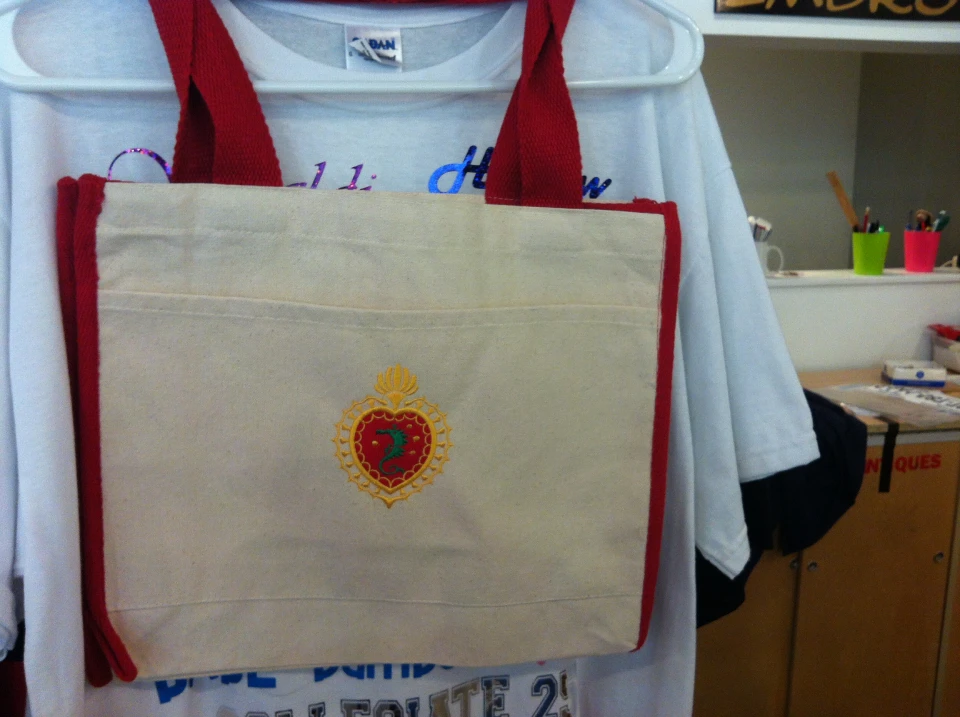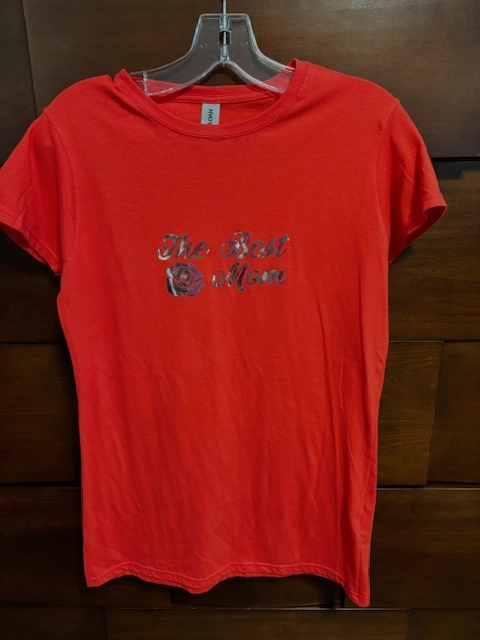The Art of Custom-made Needlework: Opening the Keys to Creating One-of-a-kind and Memorable Designs
Needlework, a craft soaked in practice and virtuosity, holds within its detailed stitches the power to change textile right into a canvas of special expression. The keys to developing personalized needlework styles that mesmerize the eye and leave an enduring perception depend on a delicate balance of strategy, creative thinking, and focus to information. As we dig into the world of custom embroidery, we discover the nuanced interplay in between thread choice, stitch complexity, and design customization that boosts a plain garment to a masterpiece. Join us on a journey through the art of personalized embroidery as we decipher the secrets behind crafting really memorable and distinctive creations.
Picking the Right Needlework Threads
When choosing needlework threads, what key aspects should you take into consideration to make certain the finest results for your custom layouts? The choice of needlework thread is essential in identifying the last end result of your embroidered layout. Among the main considerations is the product of the string. Different materials such as cotton, polyester, rayon, and silk offer differing levels of luster, resilience, and appearance. It is vital to select a thread product that complements the textile you are stitching on and straightens with the preferred appearance of the layout.
Thicker threads can include dimension and appearance to your design, while finer strings are optimal for complex information and little message. In addition, taking into consideration the color fastness and washability of the thread is critical to make sure that your customized styles preserve their high quality and vibrancy over time.
Checking Out Different Stitch Techniques
To dig right into the realm of 'Checking out Different Stitch Techniques', one must understand the complexities and subtleties that each sewing technique gives the art of embroidery. Various stitch methods not just include aesthetic interest but additionally add to the general texture and dimension of the design. One preferred stitch method is the satin stitch, which entails carefully stuffed parallel stitches to create a smooth and glossy surface, suitable for completing shapes and creating bold outlines.
On the various other hand, the backstitch is a versatile technique typically used for describing and adding great information. It involves sewing in reverse to create a solid line of embroidery. Additionally, the French knot stitch includes a responsive component to layouts, ideal for creating textured accents like blossom centers or decorative touches.
Exploring various stitch techniques enables embroiderers to more have fun with light, shadow, and deepness within their layouts, boosting the visual appeal and imaginative quality of their needlework projects. By grasping different sewing methods, one can unlock unlimited possibilities for producing one-of-a-kind and memorable personalized embroidery pieces.
Incorporating Personalized Style Components
Having actually explored the intricacies of different stitch methods such as the satin stitch, backstitch, and French knot, the emphasis now shifts towards including tailored design elements in customized embroidery tasks. Individualized design aspects play a critical duty in making embroidery tasks genuinely one-of-a-kind and unforgettable.
Another way to integrate personalized style components is by including symbols or themes that hold unique definition to the recipient or show their rate of interests and personality. As an example, integrating a preferred flower, pet, or hobby-related icon can make the embroidery design much more significant and tailored. In addition, picking shades that resonate with the recipient or line up with the designated style can further boost the personalization of the embroidery job.
Understanding the Art of Color Control

One secret aspect of shade sychronisation is recognizing color concept. This includes knowing how various colors communicate with each other, the emotions they share, and exactly how they can be incorporated to create visually enticing designs. By applying color theory concepts, embroiderers can create unified shade schemes that improve the overall look of the layout.
In addition, paying interest to comparison is essential in color coordination. Making use of contrasting shades can help specific components of the design pop, enhance readability, and develop an aesthetically dynamic needlework item. By understanding the art of shade sychronisation, embroiderers can raise their designs and develop unforgettable items that reverberate with customers and visitors alike.
Enhancing Texture With Advanced Needlework Stitches

Bullion knots, on the other hand, can be made use of to develop twisted, ropelike elements that add an extravagant feeling to the needlework. Trying out with these innovative needlework stitches permits you to push the limits of typical embroidery and create absolutely special and aesthetically enticing textures in your designs.
Verdict
To conclude, the art of custom-made embroidery entails a combination of choosing the best threads, exploring different stitch techniques, including individualized design components, understanding color control, and enhancing appearance with sophisticated stitches. By recognizing and carrying out these crucial components, embroiderers can Go Here create special and memorable layouts that showcase their creative thinking and ability. Embroidery lovers can open the secrets to producing gorgeous and custom items that stand out and leave an enduring impression.
Comments on “Classy Monogramming on Towels for a Touch of Deluxe”